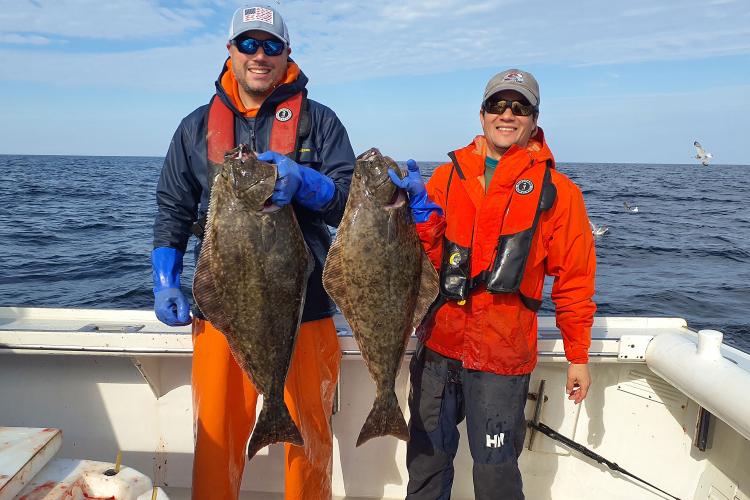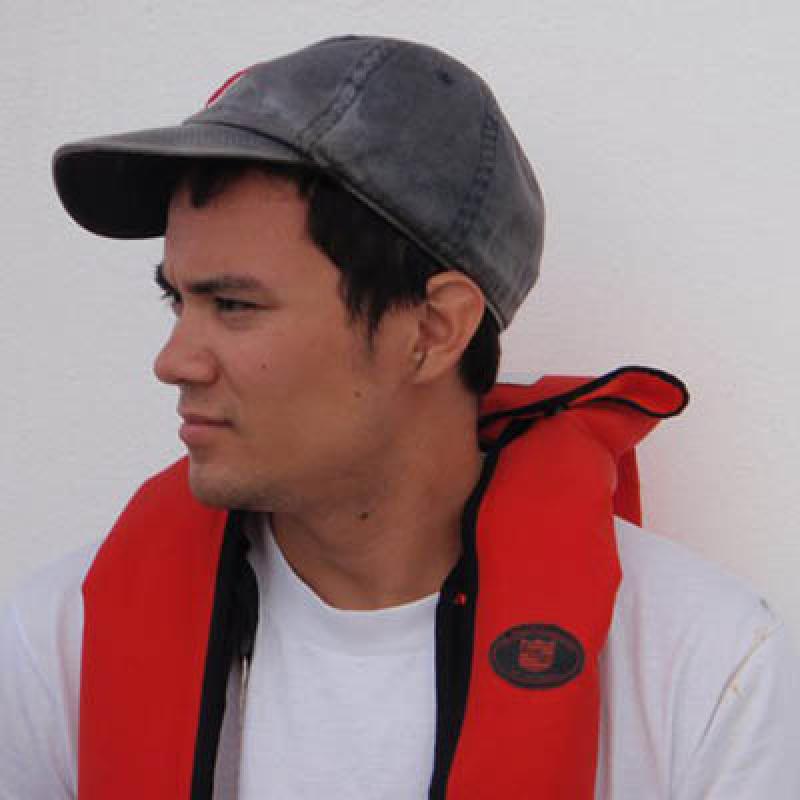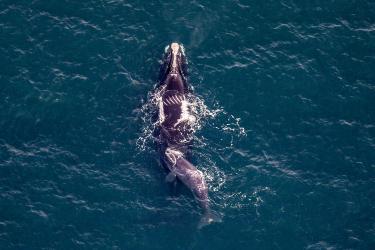l was onboard FV Tenacious II for three research trips during the Gulf of Maine Bottom Longline Survey this fall. The trips were a reminder of the duality of field work on small boats: our aim for scientific rigor coexisting with the unpredictable nature of the ocean. This season, which marked a decade of the Cooperative Research program, wasn't simply a collection of fishing trips. It showcased the tenacity of the research team and the captain and crews.
Once underway, our efforts yielded valuable data sets. The first five stations, despite being dominated by spiny dogfish, provided crucial information on species distribution and abundance for that region of our survey coverage. While the catch composition wasn't as diverse as we'd hoped, the equipment functioned flawlessly, which makes up for some of the repetition.
Changing Seasons and Challenges
The weather, too, offered a contrasting narrative. Our last 24 hours onboard unfolded in shirt-sleeve comfort under sunrise, while the next morning saw us bundled against a biting northern wind. The reversal of wind directions and rapid drop in temperatures let us know that the seasons were changing around us.
Anxieties arose with engine trouble at the end of our first trip, forcing us to rely on the Coast Guard and a short towboat to return to the Sandwich, Massachusetts, marina. At moments like this, I often think of a phrase I heard many years ago on a fishing boat that equally applies to marine research: “It’s never easy.” Upon returning to shore, Captain Eric swiftly diagnosed and fixed the issue, ensuring our ability to resume the survey when the weather was clear.
Further Out to Sea
My next trip in Strata 36, one of six geographic areas that we survey, marked a turning point. Here, the monotony of dogfish was broken by a bounty of gadids—fish related to cod. Capturing all local species in one tow—cod, haddock, pollock, white hake, and red hake—was a nice surprise for the research team. We marveled at some massive barndoor skates and even snagged a rarely encountered complete sea squirt, adding a quirky footnote to the data. The day concluded with a breathtaking sunset, a routine example of the inherent beauty that accents the often challenging work of field research.
At a station along the Hague Line—the international boundary that divides U.S. and Canadian waters on Georges Bank— we saw our first boat since we left Cape Cod Bay. It was a Canadian dragger sitting right across the invisible international border. No words were exchanged between us, but the Canadian Coast Guard broadcasts in French and English served as a reminder that we were as far away from home as this work takes us.
Saildrone Sighting
We caught sight of a Saildrone operating in the Gulf of Maine during the steam to our last station. Although mysterious at first, it was unmistakable through the ship's binoculars: a bright blazing orange triangle lit by the morning sun's rays. Before it was close enough to photograph, it turned away from us on its own lonely autonomous mission of collecting data.
The final stretch, spearheaded by me and Emma Fowler, saw a 4 a.m. departure that held the unexpected first of the year frost greeting us from our windshields. It was a harsh reminder of the approaching winter. The subsequent journey to the fishing grounds was a battle against unrelenting head-on waves, where we arrived unrested and slightly unsettled. Our bumpy journey aside, we were excited to capture two colossal cod specimens at the station.
Meeting the U.S. Coast Guard
During a transit, a strange silhouette emerged on the horizon. Jokes about the strange looking “ugly” boats were quickly silenced as the U.S. Coast Guard checked in on the radio, boarding party at the ready. As it turns out, their newest Fast Response Cutter from Boston, Massachusetts, just wanted to say hello. Friendly checks, quick exchanges, and then they were off and we got back to science.
Our final haul had a diverse mix of spiny dogfish, redfish, white hake, and even the disgusting remnants of a hagfish that had been eaten by sand fleas. They provided valuable insights into the ecosystem's composition.
This survey wasn't simply about collecting data. We returned to port not only with a milestone tenth year of information, but also with a renewed appreciation for the challenges inherent in going to sea, something our partner fishermen do everyday.






